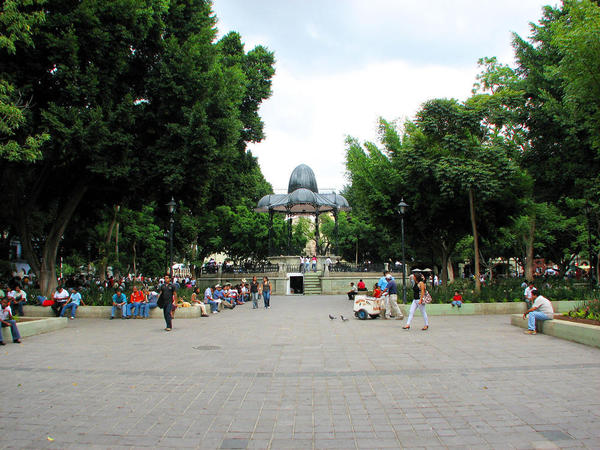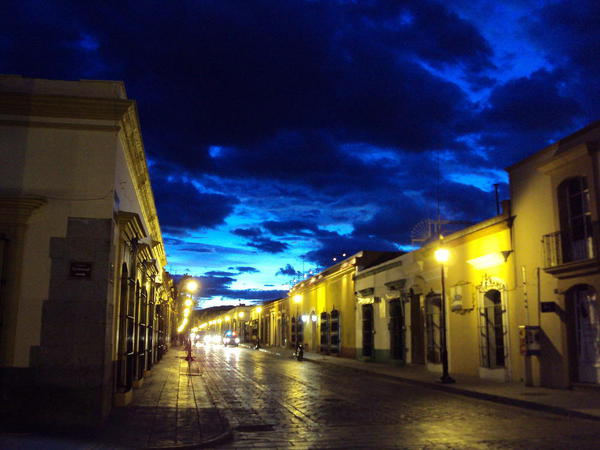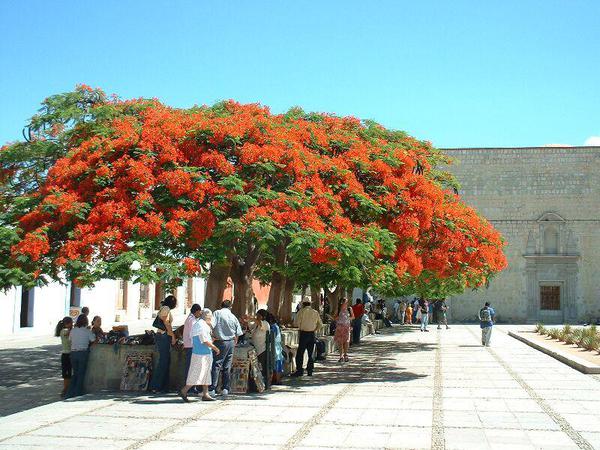I love planning a trip and that may have been what kept me thinking about the next one, even when I wasn’t sure there would be a next one. After a couple of decades traversing the planet, the process of putting them together had become almost routine, the details varying, the structure of “The Plan”, if not the actual trip, pretty much the same each time. It would begin with a hypothetical itinerary of between 2 and 6 months, depending on the distance to be covered, means of travel, stops to be made, activities and time spent in each locale. My preference has always been to stay longer than is likely average in a place, it never occurring to me how much time a given town or city or bit of countryside might, as sometimes described, “be worth”. The only standard was that of potential enjoyment and, if it wasn’t happening, a spontaneous detour could be the result.
While my research tended to be fairly comprehensive, I often ignored much of it, had lists of things to do but never came close to doing everything on the list. I think having all those possibilities were just that, options to be discarded as more interesting activities presented themselves along the way. A few involved flight changes, even detours to another country. But usually things to “do” were replaced by doing some sort of nothing, my favorite of all. Wandering streets, finding a place for tea, running across tailors with pretty fabrics, wondering where a path lead and finding out. Often I’m convinced that compiling “The Plan” was an altogether separate activity, a way to pass the time until the real thing happened, rather than an expression of true intent.
Whatever the motivation, when the hypothetical itinerary had served its purpose, the transport for beginning and end purchased and the number of days known, I began planning in earnest, with a fresh page on the computer with contact information, flights and arrival day accommodations. For a long trip, there could be several pages, copies of which were printed, folded in half 3 times, to fit perfectly into small sleeves from an online travel store and attached to the outside of my carry-on sized bag, checked on every flight. This, for the theoretical purpose of reuniting me with my belongings, should they go astray. Another copy went inside the bag, just in case, one in my day pack and one in my purse. It costs nearly nothing for this simple caution so, why not.
The day after reserving my flight and Airbnb room in Oaxaca, I clicked on ‘Pages’ and began, page 1. The second page of the plan is always a packing list which morphs as time goes on until it’s a close approximation of what I’ll actual pack. It begins with too many things and items will come and go until right before departure. The most important things on the list aren’t clothes, but “passport, credit cards, chargers,…”, the items if forgotten would make life at my destination most annoying, if not impossible. The big 2 are passport and money in various forms, the rest ultimately dispensable. On the same page is the “to do” list, all of which should be gone by the day of departure.
I always check my bag when I fly. I carry on a day pack and a purse. In the day pack is a microcosm of trip essentials. I could travel with its contents, in addition to what I’m wearing, for much, if not all, of my trip if circumstances demanded it. The contents are usually a complete lightweight change of clothing, all electronics, with extra shoes being possibly the most important, as I have difficult feet to fit. As I’m writing this it’s occurred to me that the things I carry onto the plane resemble closely the collection of items I carry when I’m walking for days at a time, the things that alone could keep me going indefinitely until they wore out, one to wear and one to wash.
Getting to the airport. Since I’ve been back in Northern California I’ve taken only 2 week-long trips by air, and since I’m only an hour from the Sacramento airport, I’ve just left my car in the long-term lot, $10 a day. Until recently, I lived in the mountains of southeast Arizona and Tucson was my getaway airport. Early on, I found an airport hotel that I liked a lot, in part because, even though it changed corporate management, no one seemed to care if I left my car in the lot for months, after a night spent before or, occasionally, after a flight. It was great.
Three weeks isn’t a very long trip but at $10 a day, that’s $210 for the convenience. To put it in perspective, that’s half the cost of my Oaxaca accommodation. The other option that I know of is Super Shuttle, which appears to be less. So here’s the deal - if flights home go as planned, I’ll arrive back at SMF late evening on a Sunday night. Should I assume that Super Shuttle will be reliable transport at that hour? Or will I be happy to get in my own car and drive my own self home. I think this demands more information from Super Shuttle. I’ll let you know what I find out.
Since writing the paragraph above I went through the Super Shuttle booking process. Round trip service is $78 each way, plus tip, which they kindly have provision for one to add right there on the reservation form, convenient maybe, but I find it presumptuous, nonetheless. So that looks like about $180 and the worry that comes with depending on someone to show up at night, which both occasions will be. The $210 for airport parking suddenly seems the obvious choice.
Later. Now 6 weeks out, still thinking occasionally about the ramifications of 3 flights, instead of 2, and the increased possibility of lost baggage. Aeromexico’s website, Terms & Conditions, states the following:
Limitations of Liability for Baggage
International Flights – For most international flights (including segments within Mexico), liability for loss, delay or damage to baggage shall be limited to approximately $9.07 USD per pound ($20.00 USD per Kg) for checked baggage and $400 USD per passenger for unchecked baggage.
Flights within Mexico – Liability shall be limited to 75 days of the current Mexico City minimum wage per passenger with ticket (for checked baggage).
Note: The rules governing the limitations to Aeromexico’s liability for lost, damaged or delayed baggage and the passenger’s responsibility for prompt notification of such loss, damage or delay shall vary in accordance with the nature of the journey. Contact any Aeromexico agent for specific information.
It appears I must investigate further as, among other stipulations, the “nature of the journey” and “Mexico City minimum wage” don’t reassure me.
Next stop, AirFareWatchdog: On Oct. 9, 2011 the U.S. D.O.T. issued this directive to all airlines flying into the U.S. It clearly states that in the event of not just lost checked baggage, but also delayed bags, airlines must not place "arbitrary limits" on monetary compensation.
Fine, but what are the limits? After searching a multitude of websites, including the D.O.T.’s, I glean that baggage rules for international flights and all segments of such travel, including internal flights that are part of international travel, seem to be governed by the “Montreal Convention”. The amount recoverable for lost belongings, any delay after 3 weeks is considered lost, is…drumroll…1,131 SDR! What, you may well ask, is an SDR? Wikipedia tells me it’s “special drawing rights, a mix of currency values established by the International Monetary Fund (IMF).” Another mystery to solve on the ever-growing list of consumer issues in play.
On the I.M.F. website I find, on August 15, 2015:
U.S.$1.00 = SDR 0.712434 2
SDR1 = US$1.403640 4
Notes cited:
2. IMF Rule O-2(a) defines the value of the U.S. dollar in terms of the SDR as the reciprocal of the sum of the equivalents in U.S. dollars of the amounts of the currencies in the SDR basket, rounded to six significant digits. Each U.S. dollar equivalent is calculated on the basis of the middle rate between the buying and selling exchange rates at noon in the London market. If the exchange rate for any currency cannot be obtained from the London Market, the rate shall be the middle rate between the buying and selling exchange rates at noon in the New York market or, if not available there, the rate shall be determined on the basis of euro reference rates published by the European Central Bank.
4. The reciprocal of the value of the U.S dollar in terms of the SDR, rounded to six significant digits.
It sounds to me as though there may be a conflict between the limits Aeromexico publishes in it’s rules and those of the Montreal Convention. But at this juncture, I’m worn down as they intended and realize that commerce and the entities that regulate them work in similar fashion, so no one has to deal with most of us, the little guys. Of course, I knew it but apparently needed a refresher course. I make a decision, to do as I already knew I would and take what I need most in my carry-on. The checked bag will be offered up to the travel gods. If they give it back to me, I’ll be blessed. If they don’t, I wonder if it can deducted from my taxes as a charitable donation? I can always try.

Photos courtesy of Wikipedia.org
Next week: Mezcal for the Uninitiated
Click here for links to all episodes of 'Anatomy of a Trip: Oaxaca'
To read others of PortMoresby’s contributions, click here.






Comments (0)